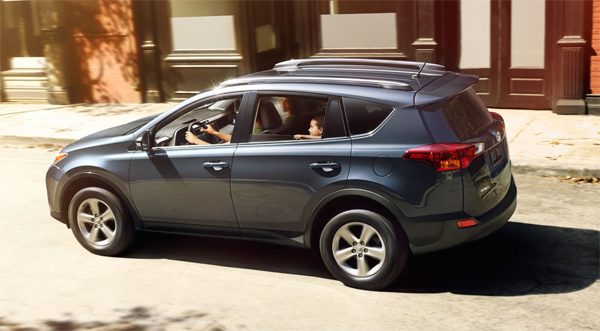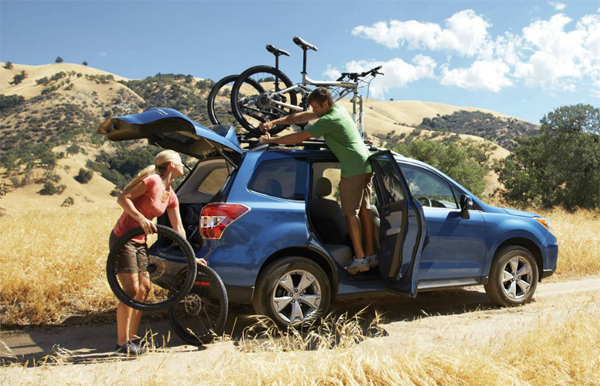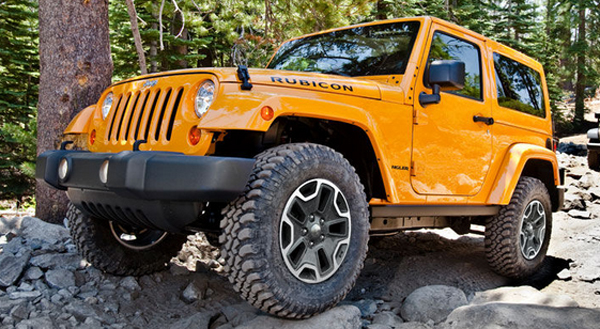For several years, particularly in light of gas shortages, the Sport Utility Vehicle market has evolved to include crossover vehicles. These smaller, more economical SUV-styled autos are designed to blend the best features of sedans and SUVs. They are often built on wagon or sedan-style platforms, with height and cargo features similar to the SUVs they emulate. They tend to be versatile and come in a wide variety of options, and the market for crossovers is growing. From popular established crossovers.
Reasons To Choose a Crossover
This is an interesting question, actually. A crossover, as the name suggests, is sort of an in-betweener in the vehicle market. It’s not as small as a sedan, and it isn’t quite that level of a gas miser. It’s also smaller than a full-sized SUV and doesn’t quite equal its big cousin in power. For many people, it’s difficult to pinpoint good reasons not to go one way or the other, rather than settling on a car that is, by definition, a compromise. Here are a few:
It’s a compromise: SUV lovers compromise on size, sedan lovers on fuel economy. In return, SUV lovers get plenty of sizes and a much lower gas bill, while sedan lovers get more cargo space than they are used to without burning a hole in their wallet at the pump.
Crossovers often include 4WD or AWD: Four-wheel or all-wheel drive isn’t an option on most passenger cars unless you’re buying Subaru, which is famous for exactly that. Crossovers, on the other hand, almost always include that as an option. If you spend any time in rough terrain or live in a climate that experiences tough winters or rainy seasons, that could be a pretty big deal.
Cargo hauling and other “truck” features: most crossovers also allow the installation of a trailer hitch. Between that and the SUV-style cargo body, it’s much closer to a truck experience, without the cost of ownership. For people who want the flexibility to be able to use a truck periodically, but don’t need that on a day-to-day basis, crossovers are perfect.
How To Choose a Crossover
There are different types of crossovers, and without knowing the difference, buying can be confusing. Where does the line begin and end? What’s a crossover, and what isn’t? Compact Crossovers, for instance, were once epitomized by the Jeep Wrangler, but the market has come a long way. Compacts are small, and light, with better fuel economy and a smoother ride than most of their larger relatives. The side effect is that none offer a V8, and only a few offer powerful V6 engines. Still, for those who need all-weather driving, cargo, and a manageable size, compact crossovers are the way to go. Crossovers also come in midsize, large, and premium builds, designed to handle the needs of any driver in any situation. Other than choosing the size you need, the best buying tip is to test drive every vehicle that catches your eye.
Crossovers are the wave of the future with models like the Toyota RAV4, Subaru Forester, or Nissan Rogue upstarts like the Nissan Juke or Volkswagen Tiguan crossovers appeal to many people.















